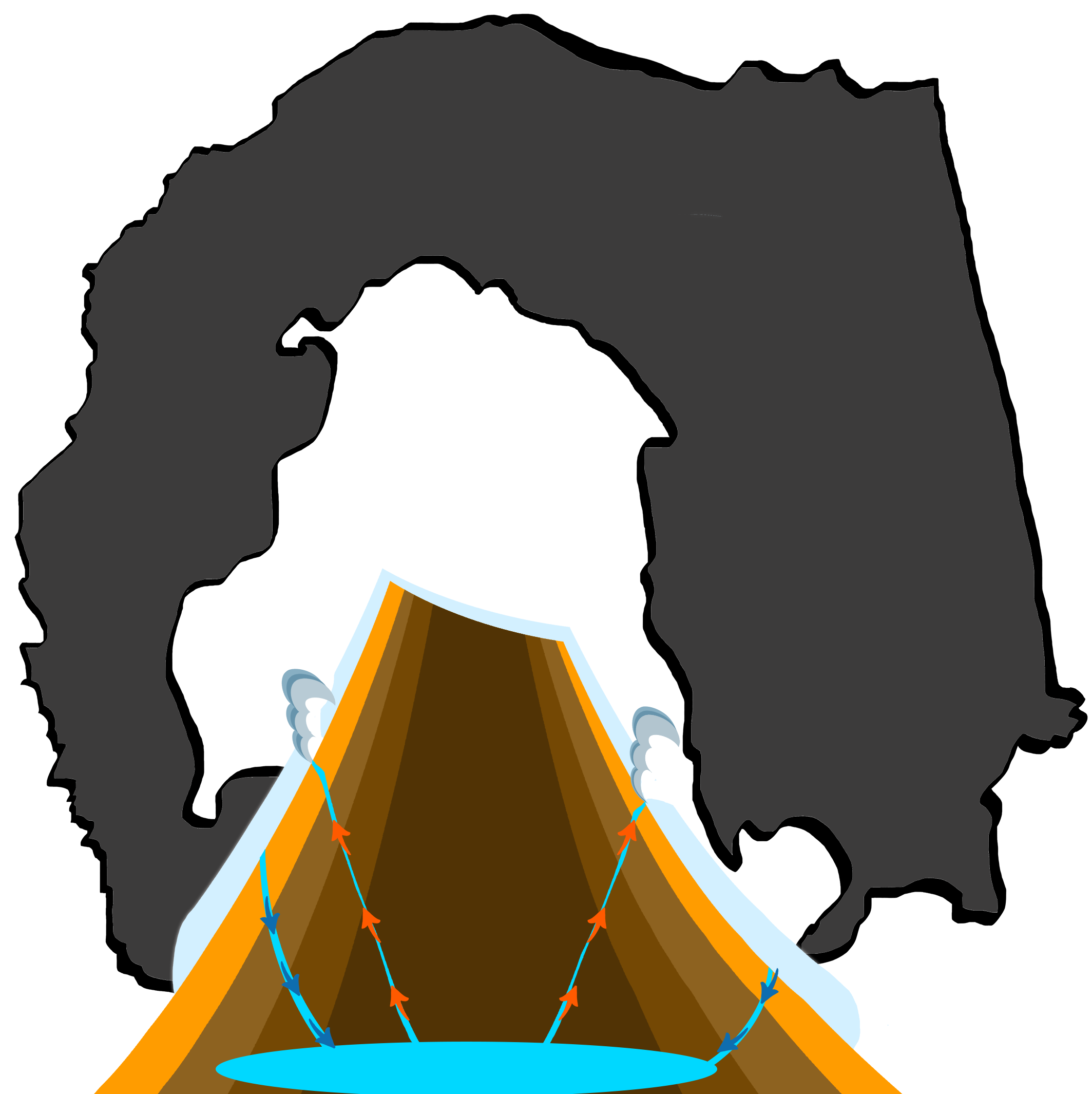Why Torfajökull?
The Torfajökull central volcano (Iceland) lies at the intersection of the rift zone (Mid Atlantic Ridge) and the transform zone that connects to Reykjanes peninsula. It is cut by a 12-km-wide caldera that formed during the Pleistocene and comprises the largest area of silicic and intermediate volcanism in Iceland (e.g. Arnorsson et al. 1987; Thordarson & Larsen 2007).
Torfajökull is frequently visited by tourists during the summer and lies less than 150 km away from Reikjavik and its airport. During the Holocene, eruptions have occurred up to 11 times in the Torfajökull area with two eruptions in the last 1200 years, the latest of which was over 5 centuries ago. Yet, its active tectonic setting, and the persistent high and low frequency seismicity, deformation and geothermal activity occurring within its large caldera indicate the continued presence of a long-lasting magma chamber. The high-temperature geothermal field associated with Torfajökull caldera is the largest (and most powerful) in the country and surface manifestations include sulphur mounds and altered ground, fairly widespread fumaroles and hot springs, and steam plumes. Thick ice covered Torfajökull when many of its past eruptions occurred, meaning it was a subglacial volcano. The added value of this case study, aside of its geothermal potential, are the numerous published research works on the mineral alteration deposits (e.g. Arnorsson et al. 1987) and available geophysical data (e.g. Soosalu et al. 2006).
Cited references:
Arnorsson et al. (1987). Geothermal activity in the Torfajökull field, south Iceland: Summary of geochemical studies. Jökull, 37, 1–12.
Soosalu, H. et al. (2006). Low-frequency earthquakes at the Torfajökull volcano, south Iceland. Journal of Volcanology and Geothermal Research, 153(3), 187–199.
Thordarson, T., & Larsen, G. (2007). Volcanism in Iceland in historical time: Volcano types, eruption styles and eruptive history. Journal of Geodynamics, 43(1), 118–152.

